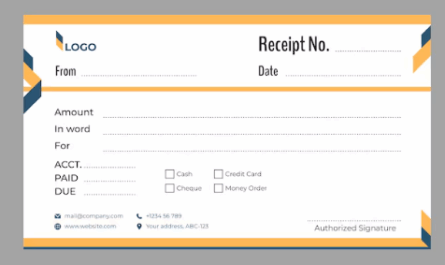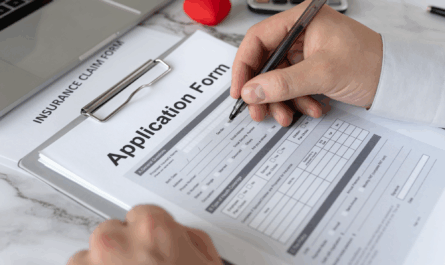In the realm of personal finance, a Home Equity Line of Credit (HELOC) stands out as a versatile and often advantageous borrowing option for homeowners. A HELOC allows you to leverage the equity built up in your home, providing you with a revolving line of credit that can be used for a variety of financial needs.
This blog delves into the concept of HELOCs, how they work, the requirements for obtaining one, and the steps to avail of this financial tool.
Understanding Home Equity Line of Credit (HELOC)
A Home Equity Line of Credit (HELOC) is a secured loan that uses your home as collateral. Unlike a traditional mortgage or a home equity loan, which provides a lump sum, a HELOC offers a flexible line of credit that you can draw from as needed, up to a certain limit. This flexibility makes HELOCs ideal for managing ongoing expenses or funding large projects like home renovations, education costs, or even consolidating high-interest debt.
The amount you can borrow through a HELOC depends largely on the amount of equity you have in your home. Equity is the difference between your home’s current market value and the remaining balance on your mortgage. Generally, lenders allow you to borrow up to 80-85% of your home’s appraised value, minus what you owe on your mortgage.
Don’t want to use your home as collateral for your next loan? Just apply for a personal loan from the Airtel Thanks app. Get an instant loan with the best interest rates and repay it with flexible EMIs!
Read more: Loan syndication: definition, how it works and more
How Does a HELOC Work?
A HELOC functions similarly to a credit card but with your home as collateral. It provides a revolving line of credit that you can borrow against, repay, and borrow again. Typically, a HELOC has two phases: the draw period and the repayment period.
During the draw period, which usually lasts 5 to 10 years, you can borrow from your line of credit as needed. You may have to make minimum monthly payments, which often consist only of interest. The interest rate on a HELOC is usually variable, meaning it can change based on market conditions.
After the draw period ends, the HELOC enters the repayment period, typically lasting 10 to 20 years. During this time, you can no longer borrow from the line of credit and must repay the outstanding balance, including both principal and interest. The repayment terms can vary significantly, so it’s crucial to understand the specific terms of your HELOC agreement.
Read more: What is a promissory note: definition, types & more
Requirements for Obtaining a HELOC
To qualify for a HELOC, you need to meet several criteria set by the lender. Here are some common requirements:
- Sufficient Home Equity:
Lenders typically require that you have at least 15-20% equity in your home. This means your home’s value should be significantly higher than your remaining mortgage balance.
- Good Credit Score:
A good credit score is crucial for securing favourable terms on a HELOC. Most lenders prefer a credit score of 680 or higher, but this can vary.
- Low Debt-to-Income Ratio (DTI):
Lenders assess your ability to repay the loan by looking at your debt-to-income ratio. A DTI ratio below 43% is generally preferred.
- Stable Income:
Proof of a stable income assures lenders that you have the financial means to make your payments. This can include employment income, business income, or other regular earnings.
- Property Appraisal:
A professional appraisal of your home’s market value is usually required to determine the amount of equity available.
Read more: What is loan moratorium? How does it work?

Steps to Avail a HELOC
Applying for a HELOC involves several steps, each crucial for securing the best possible terms:
- Assess Your Financial Situation:
Before applying, evaluate your financial needs and determine how much equity you have in your home. Use online tools or consult with a financial advisor to get an estimate.
- Research Lenders:
Not all lenders offer the same terms for HELOCs, so it’s essential to shop around. Compare interest rates, fees, repayment terms, and other features.
- Gather Documentation:
Prepare necessary documents such as proof of income, recent tax returns, a list of debts, and proof of homeownership. These documents will support your application and speed up the approval process.
- Apply for the HELOC:
Submit your application either online or in person. Ensure that all information provided is accurate and complete to avoid delays.
- Home Appraisal:
The lender will arrange for a professional appraisal to determine your home’s market value. This step is crucial in determining how much you can borrow.
- Review Terms and Conditions:
Once approved, carefully review the terms and conditions of the HELOC offer. Pay attention to the interest rate, draw period, repayment terms, and any associated fees.
- Sign the Agreement:
If you agree to the terms, sign the loan agreement. The lender will then set up your line of credit, and you can start drawing funds as needed.
- Managing Your HELOC:
Once your HELOC is in place, use it responsibly. Keep track of your borrowing and repayments to ensure you remain within your credit limit and can comfortably meet repayment obligations.
A Home Equity Line of Credit (HELOC) can be a powerful financial tool for homeowners, offering flexibility and access to funds based on the equity in your home. However, it’s important to use a HELOC wisely, as it involves using your home as collateral. With prudent management, a HELOC can provide valuable financial support for a range of needs, from home improvements to major life expenses.
FAQs
What is a Home Equity Line of Credit (HELOC)?
A HELOC is a revolving line of credit where homeowners borrow against the equity in their home. It functions like a credit card with a predetermined credit limit.
How does a HELOC work?
Homeowners can borrow up to a set credit limit using their home equity as collateral. They can withdraw funds as needed, repay, and borrow again during the draw period, typically 5-10 years.
What are the benefits of a HELOC?
Benefits include flexible access to funds, lower interest rates compared to other forms of credit, potential tax deductibility of interest (consult a tax advisor), and use for various expenses.
What are the risks of a HELOC?
Risks include the potential for foreclosure if unable to repay, variable interest rates leading to payment fluctuations, and misuse of funds jeopardizing home equity.



